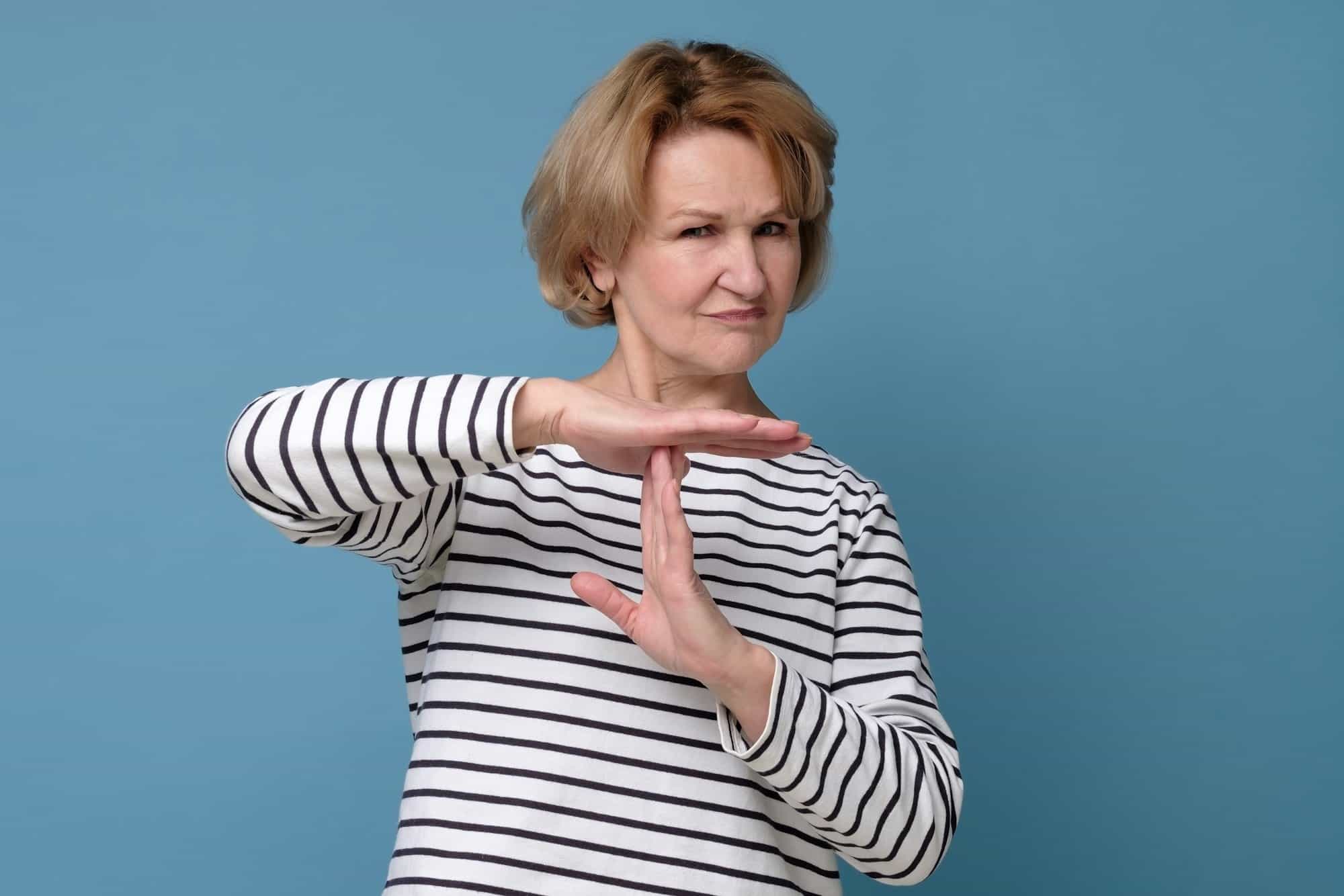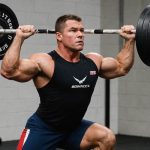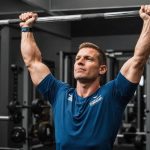Stretching is an essential part of any athletic training program. For curling athletes, who often find themselves in a crouched position or sweeping with one arm, targeted stretching can have major benefits. This article will walk you through the top three stretching exercises specifically designed for curling athletes. These will aid in keeping your body limber, maintaining strength in key muscle groups, and preventing injury. The exercises focus on three key areas: the biceps, the hips, and the hamstrings. So, let’s dive in and explore these exercises in detail.
1. Bicep Stretch
The bicep muscles are heavily engaged in curling, especially when sweeping the ice. The repetitive motion can cause tension and tightness in your arm muscles. Therefore, it’s crucial to keep your biceps supple and stretched to maintain their functionality.
Also to discover : Ski lessons in les deux alpes: elevate your skills today
Exercise: Shoulder and Bicep Stretch
To start your bicep stretch, stand tall with your feet hip-width apart. Extend your arms out to your sides and rotate them so your thumbs are pointing downwards. Next, cross your arms behind your back, with your hands meeting at your lower back. If your flexibility allows, clasp your hands together. Push your chest out and pull your shoulder blades together, feeling the stretch in your biceps as well as your shoulders.
Hold this position for about 30 seconds, and remember to breathe evenly throughout. Repeat this exercise several times, ensuring you maintain the stretch and don’t rush through it.
Topic to read : Unleash fun: the versatile world of gel blasters
2. Hip Flexor Stretch
The hip flexors are a group of muscles that allow you to lift your knees and bend at the waist. Given the crouched position curling players often adopt, these muscles can become tight and tense. Stretching these muscles helps maintain mobility and prevent discomfort.
Exercise: Kneeling Hip Flexor Stretch
Begin in a lunge position with your right knee on the floor and your left foot flat on the ground in front of you. Your left knee should be directly above your left ankle. Place your hands on your left thigh to help maintain balance. Then, gently push your hips forward, keeping your right knee pressed into the ground. You should feel a stretch along the front of your right hip.
Hold this stretch for 30 seconds, then switch sides to ensure both hips get the same level of attention. As with the previous exercise, remember to breathe evenly throughout and repeat the exercise several times.
3. Hamstring Stretch
The hamstrings, located at the back of your thighs, are used extensively when you are lunging to deliver the stone in curling. A good hamstring stretch helps maintain flexibility in the legs, which is essential for balance and mobility.
Exercise: Lying Hamstring Stretch
Begin this exercise by lying flat on your back. Extend one leg straight up in the air, keeping the other flat on the ground. Grasp the raised leg with both hands, either at the calf, the back of the knee, or the thigh, depending on your flexibility. Gently pull the leg towards your chest until you feel a stretch in your hamstring.
Remember to keep the leg you are pulling straight and the foot of the other leg firmly on the ground. Hold the stretch for 30 seconds, then switch to the other leg. As with all stretches, maintain a steady breathing pattern and repeat the exercise multiple times.
Incorporating these stretches into your training regimen will help you keep your muscle groups flexible and agile, thereby enhancing your curling performance. Remember to perform these exercises regularly and maintain the correct form to ensure they are effective. Also, consult with a trainer or physical therapist to make sure these exercises are suitable for your fitness level and to avoid any potential injury.
4. Understanding the Importance of Upper and Lower Body Synchronization
In curling, the upper body and lower body work in tandem to achieve precision and accuracy. The lower body, which includes the hip flexors and hamstrings, is crucial for maintaining a strong lunge position and effective movement on the ice. The upper body, on the other hand, is instrumental in controlling the broom and stone. It’s essential to understand the importance of this synchronization and how it impacts performance.
Jeff Cavaliere, a renowned physical therapist and strength coach, emphasizes the need for a balance between upper and lower body strength and flexibility. Curling requires a unique combination of precision, strength, and balance, which can be achieved through regular stretching and strength exercises.
Exercise: Swiss Ball Upper and Lower Body Stretch
The Swiss Ball stretch, as suggested by Cavaliere, is an excellent exercise to stretch both the upper and lower body simultaneously. To perform this exercise, sit straight on a Swiss ball with your feet hip-width apart. Keep your back straight and engage your core. Extend your arms upwards, interlocking your fingers. Lean backward, increasing your range of motion as far as comfortable, stretching your abdominals and chest. At the same time, push your hips forward to stretch your hip flexors.
Hold in this position for 20 seconds. You should feel a stretch in your upper and lower body. Repeat this exercise for multiple sets and reps to ensure a wide range of motion in both body areas.
This exercise, medically reviewed and approved by professionals like Cavaliere, will help maintain your body’s flexibility, crucial for curling.
Conclusion
Curling is a sport that demands a unique blend of strength, precision, and balance. To achieve this, stretching exercises are a critical component of a curling athlete’s training regimen. Focusing on the biceps, hip flexors, and hamstrings – the muscles heavily involved in curling – can yield significant improvements in performance and reduce the risk of injury.
The exercises included in this article, namely the Shoulder and Bicep Stretch, Kneeling Hip Flexor Stretch, Lying Hamstring Stretch, and Swiss Ball Upper and Lower Body Stretch, should be incorporated into your regular training routine. Remember to maintain the correct starting position and hold each stretch for about 30 seconds.
These exercises, recommended by the likes of Jeff Cavaliere, MSPT, CSCS, will help curling athletes achieve a balance between upper and lower body flexibility, ensuring an effective range of motion. Regular practice of these exercises, combined with a healthy lifestyle, can significantly improve your curling performance.
Remember, however, that individual fitness levels can vary. So, always consult with a trainer or physical therapist to ensure these exercises are suitable for you. Your journey to becoming a more agile and effective curling athlete starts with a commitment to regular, targeted stretching.













